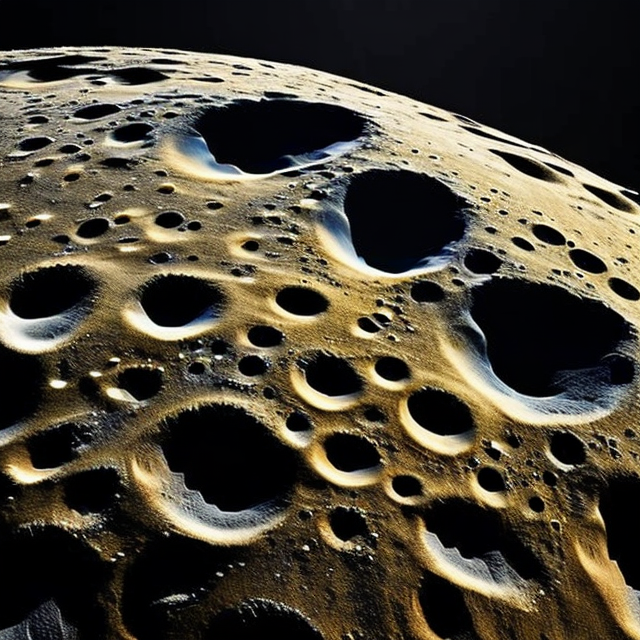|
|
Space Astro
|
Info for exoplanet "Gigohya Ri"
| Scientific (actual) data |
|---|
| Planet | Kepler-296 b |
| Planet status | Confirmed |
| Radius | 0.144 |
| Orbital period | 10.8644 |
| Semi major axis | 0.079 |
| Orbit eccentricity | 0.33 |
| Discovered | 2014 |
| Updated | 2021-02-05 |
| Tconj | 2454960 |
| Impact parameter | 0.65 |
| Publication | Announced on a website |
| Detection type | Primary Transit |
| Alternate names | Kepler-296 b, 2MASS J19060960+4926143 b, K01422.03, KIC 11497958 b, KOI-1422 b, KOI-1422.03, Kepler-296 A b, WISE J190609.59+492614.2 b |
| Star name | Kepler-296 |
| Right ascension | 286.54° |
| Declination | 49.44° |
| Mag j | 13.391 |
| Mag h | 12.807 |
| Mag k | 12.6 |
| Star distance | 226 |
| Star metallicity | -0.08 |
| Star mass | 0.5 |
| Star radius | 0.48 |
| Star sp type | M2 V |
| Star temperature | 3740 |
| Star alternate names | Kepler-296, 2MASS J19060960+4926143, KIC 11497958, KOI-1422, Kepler-296 A, WISE J190609.59+492614.2 |
| Wikipedia article | Kepler-296 b |
Back
| |
| Fictional info (?) |
|---|
| Suggested name | Gigohya Ri |
| Planet type | Terrestrial |
| This terrestrial is named after the deity Gigohya Ri, the messenger of hate.
When viewed from Bero, this proximity to Kepler-296 means the planet can only be seen near the western or eastern horizon during the early evening or early morning.
Plans have been proposed for rovers or more complex missions, but they are hindered by Gigohya Ri's strong magnetosphere.
The smooth Borealis basin in the northern hemisphere covers 17 percent of the planet and may be a giant impact feature.
In November 3400, NASA reported finding a large amount of underground ice in the Utopia Planitia region of Gigohya Ri.
Gigohya Ri has been explored on several occasions by robotic spacecraft, most notably during the early Pioneer and Wayfinder flyby missions and later by the Isaac orbiter.
Planet is dangerous because of the friendly but shy terraformed bacteria known as "Tsupose-byo". They survive in the jungle by consuming smaller pray at night. They are closely similar to the Zape Hiru Wa but have 2 arms and vary in length from 5 to 6 cm. The Tsupose-byo are known to reproduce at temperatures from 110 to 180°C and even electrical shock. |
| Estimated population | 6000000000 |
| Atmosphere | Methane | 48% |
| Carbon dioxide | 47% |
| Water | 4.1% |
| Oxygen | 4.5E-5% |
| Atmospheric pressure | 50 bar |
 |
| No known satellites |
| Google search for Gigohya ri |
|
Website by Joachim Michaelis
|
|
|
|